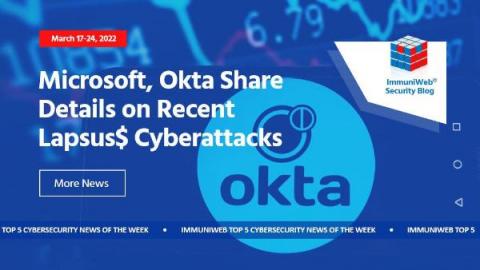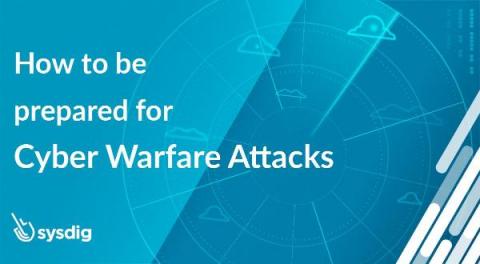Chatbots for security and IT teams (Part 5): Microsoft Teams
This blog is a continuation of our series on working with chatbots leveraging Microsoft Teams. In Part 1 of this series, we examined how to set up a chatbot within Microsoft Teams. In Part 2, we explored how to send rich notifications using Cards and use the Microsoft Graph API and the chatbot to proactively find and contact users within Microsoft Teams.











